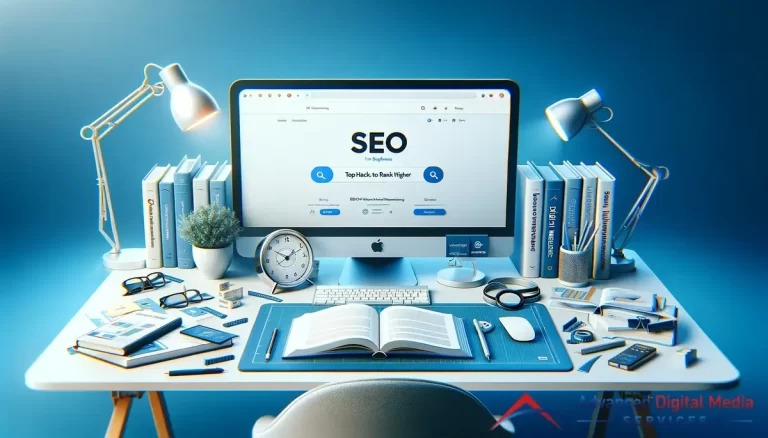Many businesses recognize the advantages of leveraging search optimization as an online marketing strategy.
The internet is a powerful tool — and many businesses welcome the opportunity and promise it offers with open arms. Building and designing a company website is one thing. Maximizing its potential takes time and a clear-cut strategy to propel it to success.
Search optimization is a strategy that does exactly that for businesses. It’s all about attracting target audiences to drive higher website traffic, grow the business, and eventually dominate their industry.
However, businesses shouldn’t engage in this strategy without learning the differences between SEO and SEM. Understanding their differences equips businesses with everything they need to keep up with changing online marketing trends. Using them interchangeably may only hurt any attempt to establish an online presence. To help you begin on the right track, here is everything you need to know about it.
What Is Search Marketing?
It is any marketing tactic that aims to build a company’s online presence and website traffic. These marketing tactics are either unpaid or paid. It is also applicable across search engines such as Yahoo, Google, and Bing. Search marketing has two categories.
What are SEO and SEM?
- Search Engine Optimization: Gaining search rankings through unpaid tactics
- Search Engine Marketing: Gaining search rankings through paid tactics
The main difference between SEO and SEM is that SEO focuses on website optimization to get traffic and gain a place on top of search engine result pages. On the other hand, SEM aims to gain traffic and visibility on both organic and paid searches.
Why Is Search Marketing Important for Your Business?
Search marketing is vital for your business, and the explanation is straightforward. Millions of people visit the internet for various things — the best restaurants, products they want to purchase, and answers to their questions. The best way to establish your online presence is to provide the results that people want. Doing it right the first time is critical for any business.
SEO vs. SEM: What Makes Them Different From Each Other?
Search Engine Optimization
SEO is a marketing strategy that uses unpaid tactics to place your website on search engine result pages (SERPs). SEO follows the algorithms set by search engines — this will show relevant and valuable content. If you’re on top, people will likely click on your website.
There are different types of SEO techniques: on-page, off-page, and technical. Combining all the different SEO techniques will give you the best results. Every company’s goal is to be part of the organic search listings of search engines.
One of the determining factors is the user experience. When search engines crawl websites, they comb through the content, meta tags, and backlinks. When people aren’t clicking on your website in SERPs or if they can’t find what they’re looking for, your ranking will likely go down.
Search Engine Marketing
The thing that confuses most people is that SEM also includes the use of SEO techniques. What makes them different is that SEM utilizes pay-per-click (PPC) advertising. It doesn’t matter what search engine we’re talking about because businesses bid on PPC-specific keywords.
When you bid, and internet surfers search for it, your website will come up. Usually, your appearance on the ranking will depend on whether you’re the highest bidder or not. Whenever someone clicks on your ad, you’ll pay the bidding amount.
SEO vs. SEM: What Are Their Similarities?
These two digital marketing tactics have similarities too, which is not surprising. Here are some of them:
1. Both techniques help brands appear on SERPs.
Both of these marketing techniques help businesses hold a competitive position online. The goal is to appear on the SERPs when internet surfers key in specific keywords — related to a niche, business, or offerings.
2. Both are focused on driving traffic to your website.
These online marketing techniques aim to establish a brand’s visibility on the web. They also use tactics to increase click-through rates (CTR). The more users click on your website, the better.
Being on the first page of search results will open countless opportunities for a business. The farther down you are on the SERPs, the least likely that users will find you.
3. Both utilize keyword research to find popular, high-performing keywords.
Both SEM and SEO involve keyword research as their first step. The right keywords will bring the right traffic to your website — leading to conversions. Keyword selection also involves looking into keyword competition. Doing this will allow you to identify the best ones to use for your website.
How Much Do They Cost?
The biggest misconception with SEO is that it’s free. Although it doesn’t involve bidding for keywords, SEO is still an investment — you won’t reach the top of SERPs overnight. You need to put in your effort, time, and money.
With SEM, you spend your money upfront. When it comes to expenses, SEM is cheaper. However, when you stop paying, the traffic goes down. The upside to SEO is that your ranking will remain the same for a long time.
Now that you have an overview of these two categories of search marketing, you can begin mapping out the digital campaign that best fits your business.
Choose Advanced Digital Media Services
ADMS has a team of seasoned experts in all things SEO.
If you want to maximize your website’s potential, avail of our top-notch SEO services. Book a call with us today, and let’s get to work.





